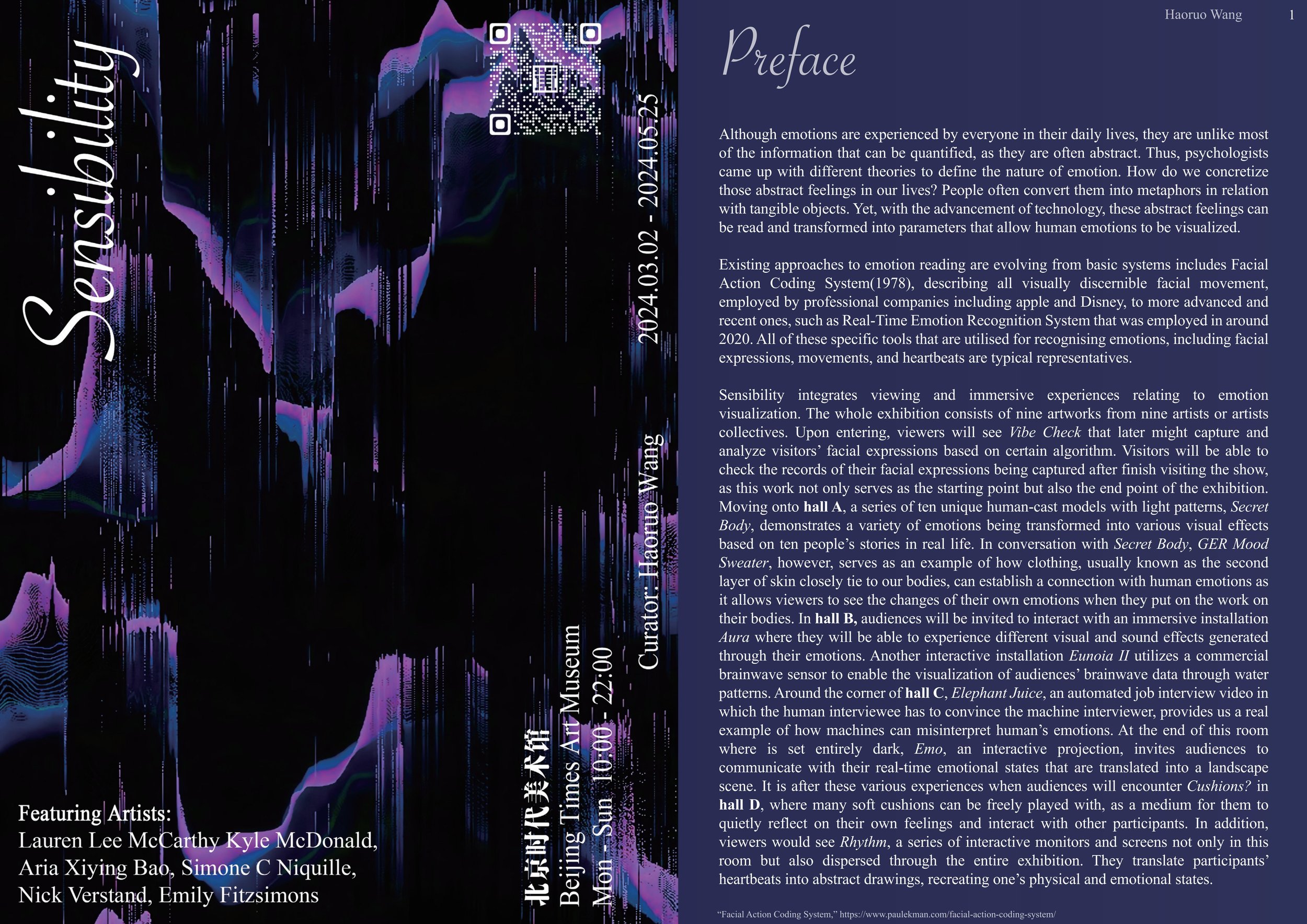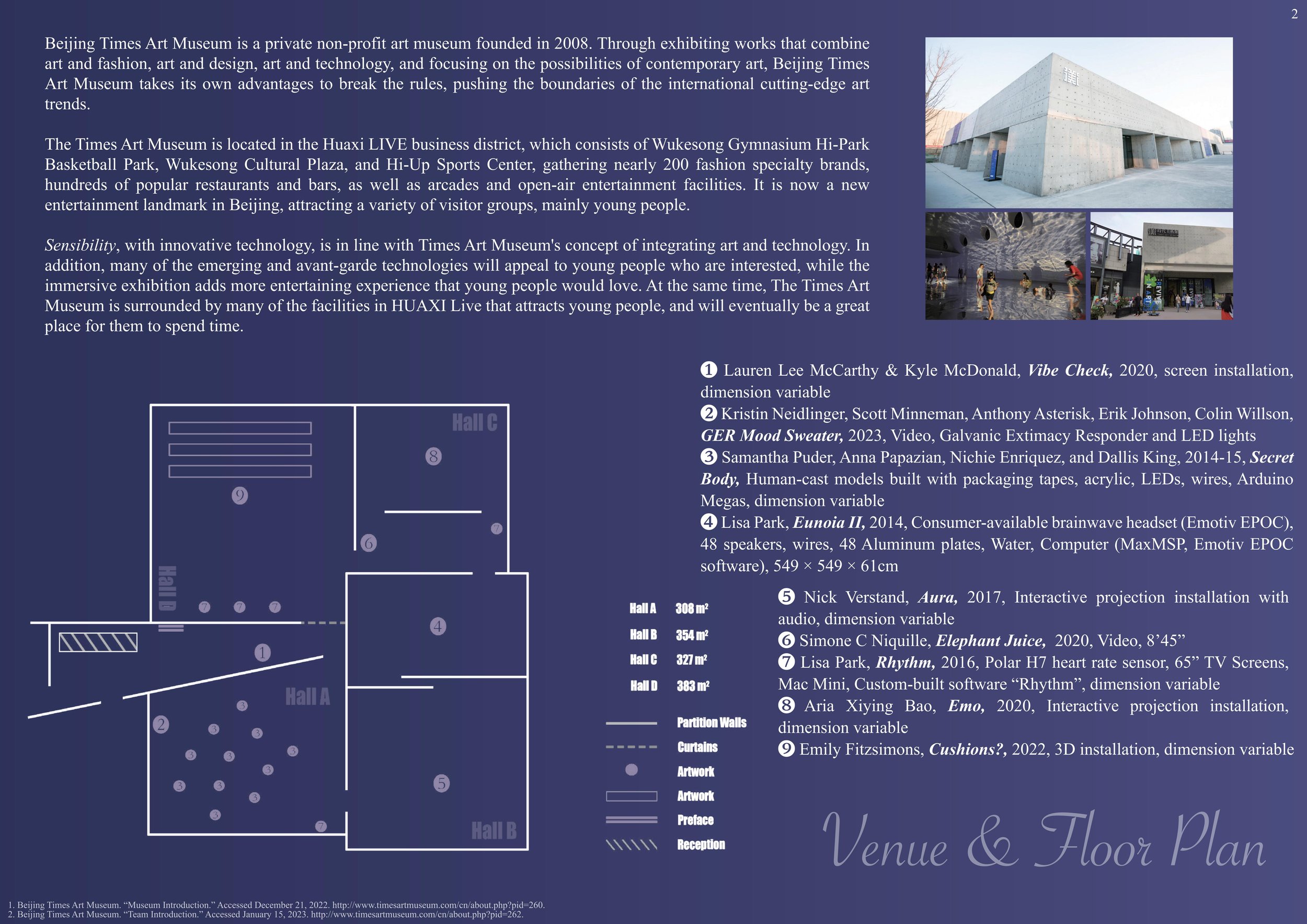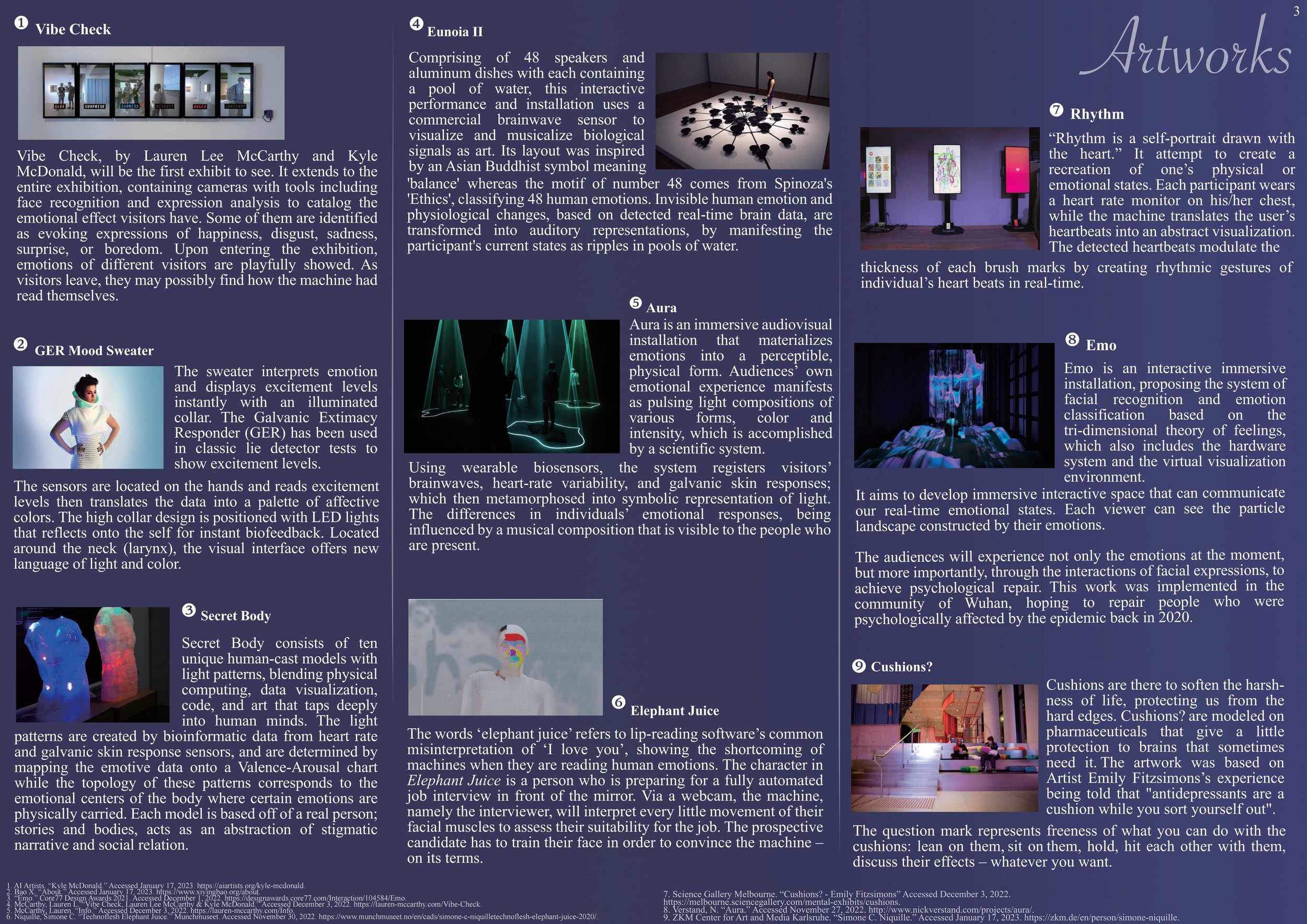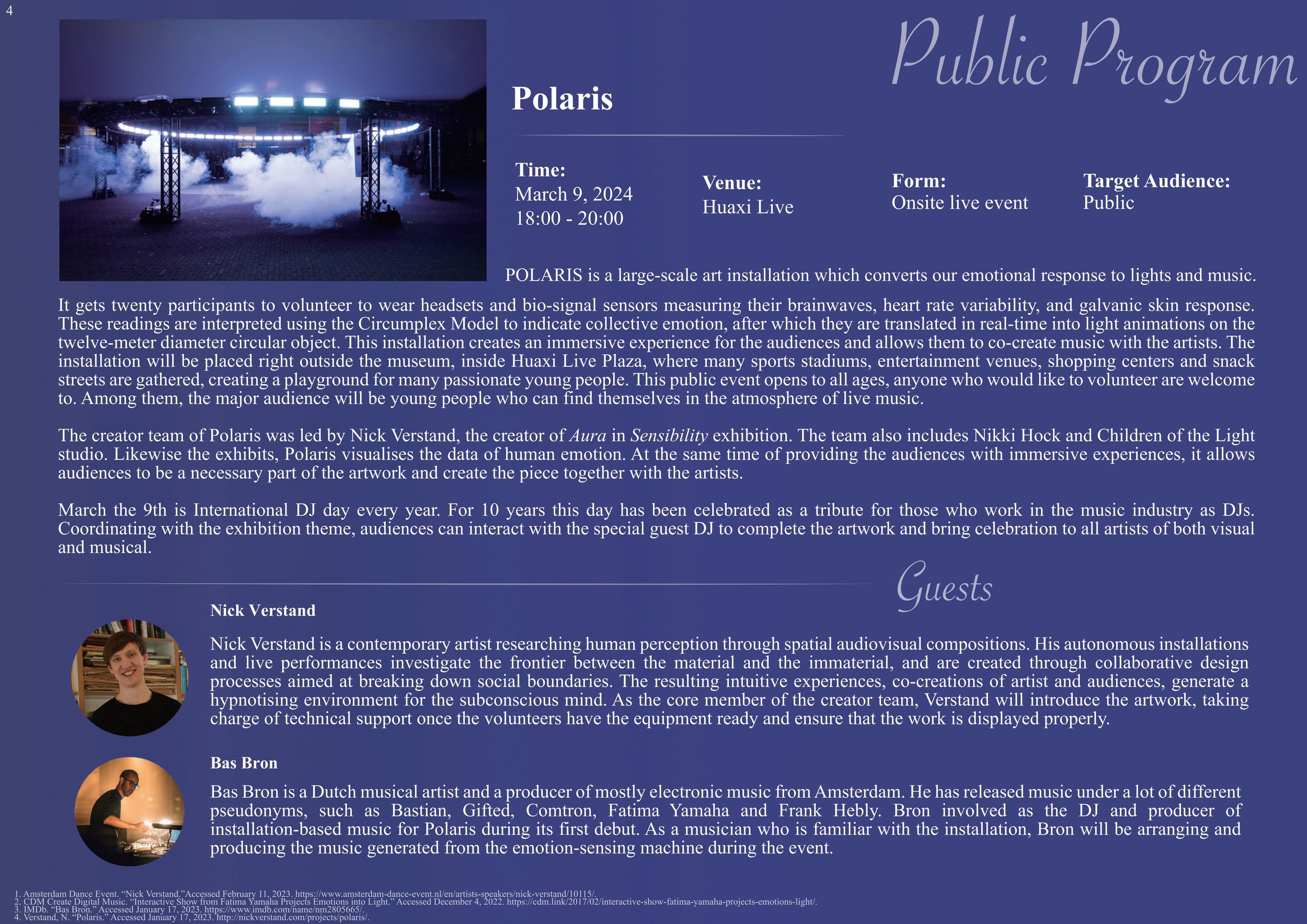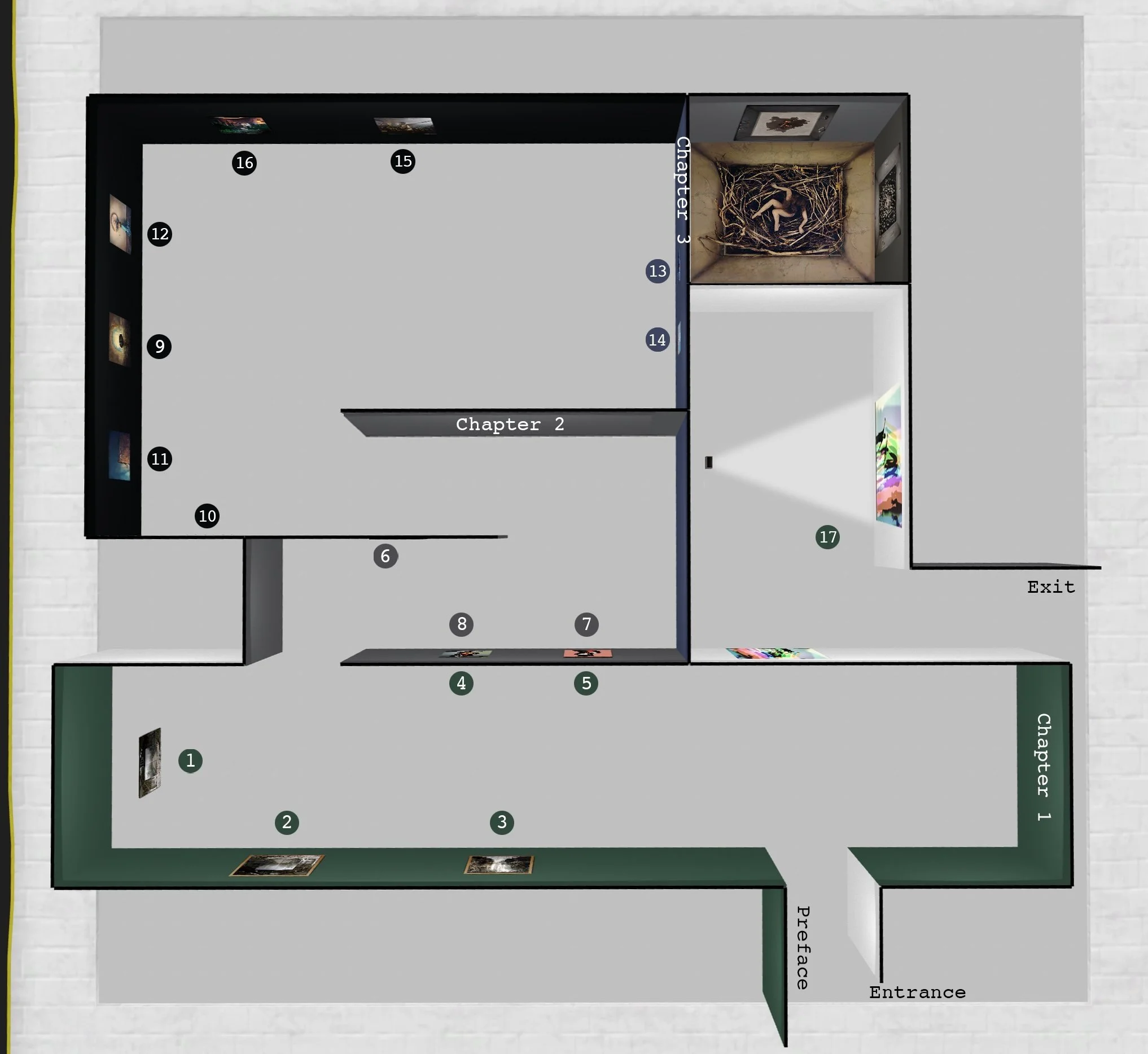Realms: The Natural and the Illusory
The occurrence and impact of illusions can be explained using Sigmund Freud's Iceberg Theory - the unconscious mind is a reservoir of feelings, thoughts, urges, and memories that exist outside of conscious awareness. This concept can be likened to an iceberg where conscious awareness remains above the water, and the unconscious mind exists beneath the surface.
Within this submerged realm of the iceberg, there are implications that we may not even be aware of: potentially, each person may associate different elements in their surroundings, such as trees, water, or grasslands, with their imagination, beliefs, and assumptions. These thoughts are univocal.
In this exhibition, by stepping into the illusory world, the audience may form their own illusions about how the elements around them are symbolized.
Sensibility
Although emotions are experienced by everyone in their daily lives, they are unlike most of the information that can be quantified, as they are often abstract. Thus, psychologists came up with different theories to define the nature of emotion. How do we concretize those abstract feelings in our lives? People often convert them into metaphors in relation with tangible objects. Yet, with the advancement of technology, these abstract feelings can be read and transformed into parameters that allow human emotions to be visualized.
